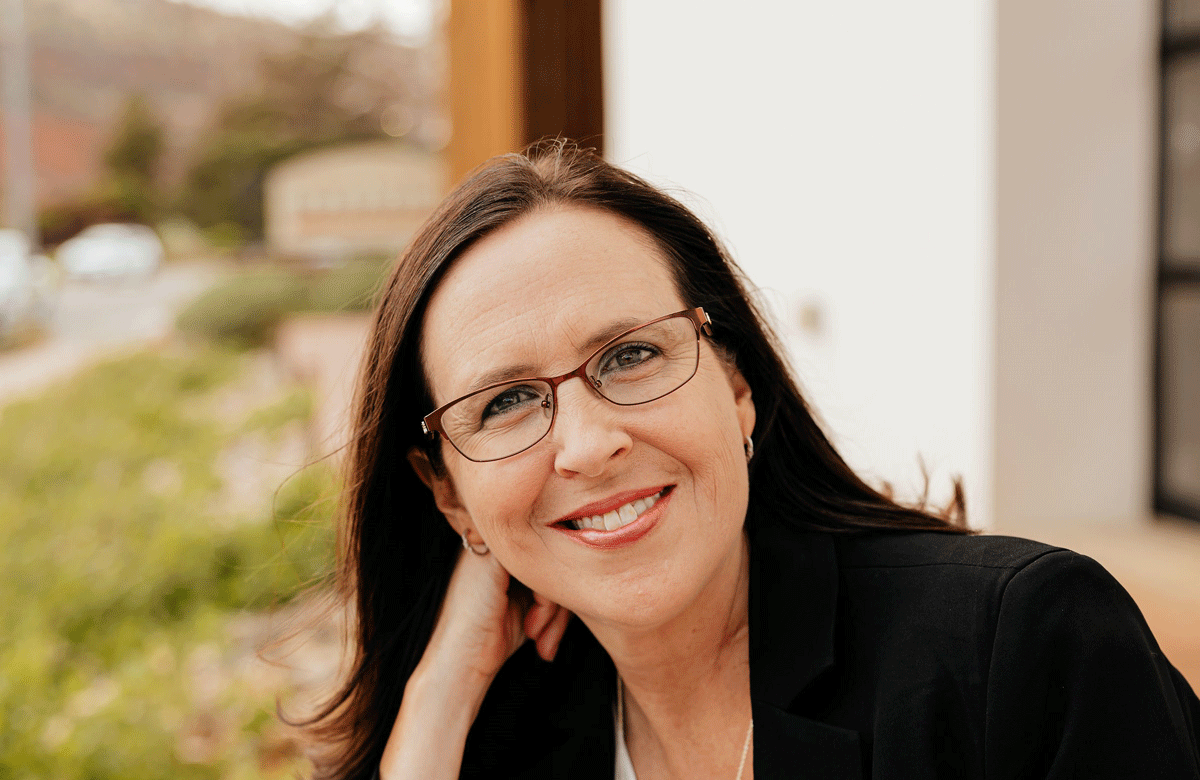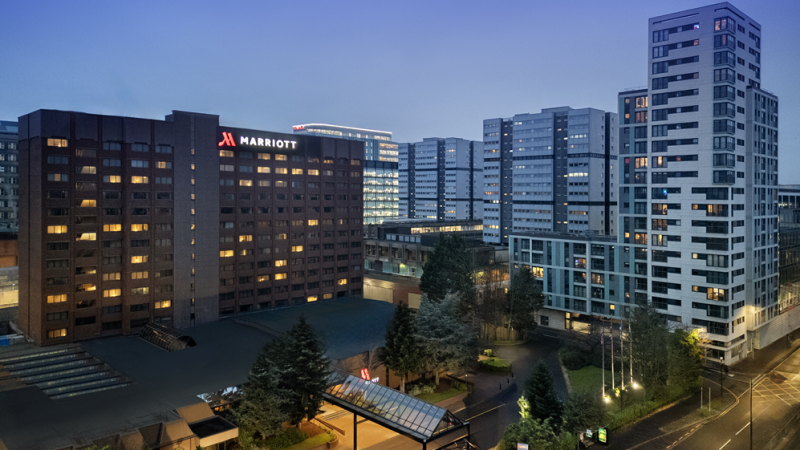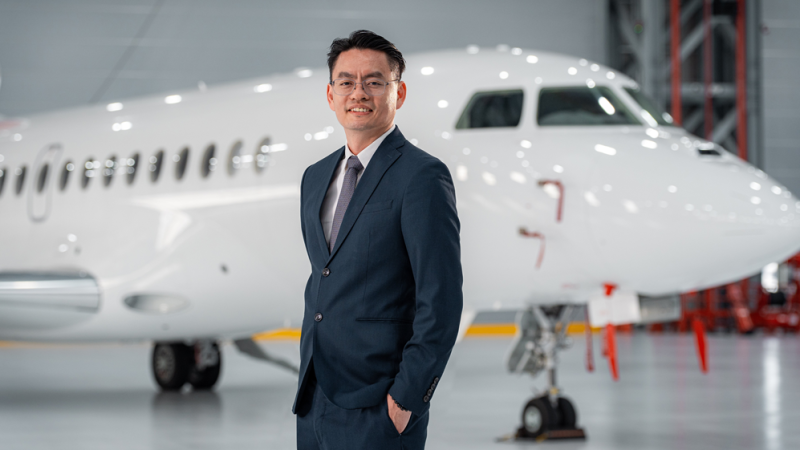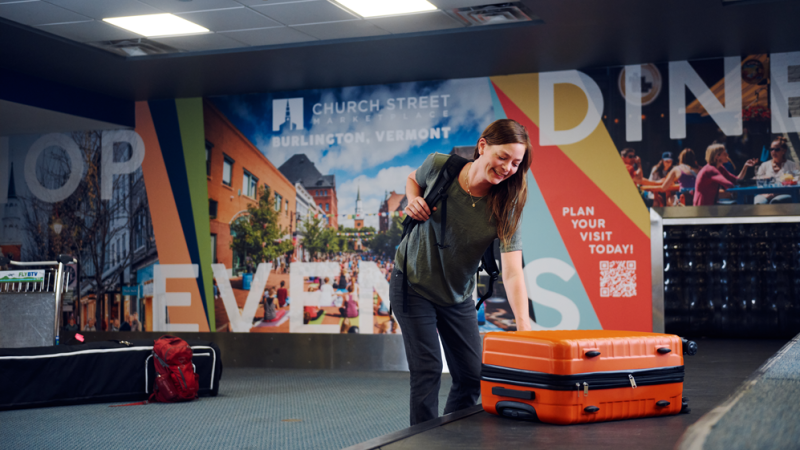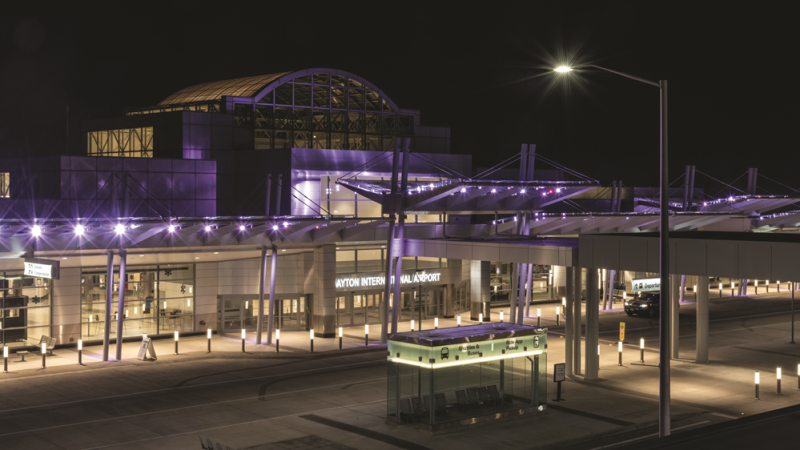It has been just over a year since we looked at Rogue Valley International-Medford Airport (MFR), situated near Oregon’s central business district of Medford, just north of the I-5/Highway 62 interchange. The airport covers 938 acres and caters to the Southern Oregon and Northern California regions, as well as the residents of Jackson County. In 2018, the Airport carried out over 43,000 aircraft operations and served over a million passengers. Since then, the airport has survived a global pandemic and has undergone other changes too – including a change in director.
Jerry Brienza, who we spoke to last year, moved on in December, to be replaced by Amber Judd.
“We have had a great year here at the airport, our passenger numbers are strong, holding steady just below 2022 numbers,” Judd points out. “Just like every other small hub airport in the entire country, we have lost some flight frequency, but we have not lost any destinations and although we have fewer flights, we are serving larger aircraft. Our load factors are great, and the airlines are happy, which makes us happy.”
When Amber Judd stepped into her role as the Director of Rogue Valley International-Medford Airport, she planned to continue the airport’s growth in the post-Covid era.
“My vision for the airport is to build infrastructure, both on the air and land side of the airport, setting ourselves up for growth and development now and in the future,” Judd tells us. “I want to grow our non-airfield-related revenues. We have 938 acres, so we are managing that space, making a good portion of it available for development, and always looking at new ideas to increase revenue from those sources, as well as our upcoming terminal expansion.”
 Team Building
Team Building
But from square one, Judd knew that to put that plan into action she would need the right team around her. Putting that team together is what she calls her greatest achievement since she became director.
“For me, the biggest achievement has been putting together a wonderful upper management team,” says Judd. “I have a team committed to the airport and its future. Anyone who has managed a large business knows that it is the team underneath you that determines your success.”
While the management team is important, Judd also emphasises the contribution of people at every single level of the organisation.
“I would really like to mention the incredible people we have at the airport,” Judd insists. “We have dedicated, hard-working people, and I want them to know how valued they are and how important they are to our community and the success of our airport. Without each one of them, we could not do what we do.”
Of course, this was not achieved overnight, and Amber Judd is hardly the new kid on the block.
“I was involved in the airport for a while, most recently as the Director of Finance and Administration, and after years of planning we have started getting shovels in the ground,” she says. “We are building a large general aviation apron for private planes, and phase one of that project is nearly complete. We have already had lots of interest from people who want to build hangars there.”
This apron has been accompanied by the ongoing construction of a heavy aircraft apron which we can tell Judd is particularly excited about.
“This project will play a huge role in our regional firefighting efforts,” she says. “We currently only have room for one very large air tanker (VLAT) here. After construction is complete, we will have room for four VLATs, and I am very excited to grow that side of the airfield for both cargo and firefighting purposes.”
A big priority for anyone in the aviation industry right now is unsurprisingly, sustainability. Like many airports, Rogue Valley is investing heavily in building a greener future for itself.
“At this point that means building the electrical capacity in the right parts of the airport,” Judd points out. “We are working on that now, developing the right amount of electrical capacity will be hugely beneficial for our plans going forward.”
This capacity has included the building of extensive solar facilities.
“We have great sunshine all year round and we take advantage of that with solar canopies in our parking lot,” Judd says. “We are also putting more efficient HVAC systems in place, and with all our projects, we are focusing on how we can best build sustainability and reduce our impact on the environment.”
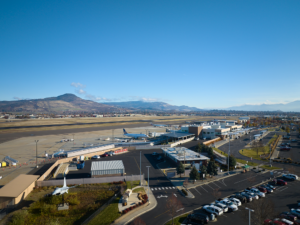 Adapting
Adapting
But while Judd has big plans, she is also realistic about the challenges in the airport’s future, and how to adapt to them.
“Staffing issues in air traffic control towers are a big challenge across the country,” Judd says. “The costs of our projects, largely due to inflation, have gone through the roof. We are managing to get projects done, and where necessary reduce the scope of those projects in ways that make sense. We will find a way to complete these projects with the funding we have available. I come from a finance background originally, and that has definitely helped here.”
Putting that background to use, Judd has big plans for Rogue Valley’s growth –plans that were partly in place before Covid, but which can move forward now the airport has recovered.
“We are back up to pre-Covid levels and I expect us to grow further,” Judd says. “We have a wonderful airport in a beautiful part of the country. The Rogue Valley is beautiful, with a wonderful climate, strong potential, hundreds of wineries, and Oregon’s only natural park, Crater Lake.”
With the opening of the new Rogue X Sports Complex on the horizon, Judd is excited to see what new sporting events will soon be coming to the region and what that may mean for the Airport.
“We want to get that infrastructure in place, airside and landside, with charging stations for electric vehicles, and for electric aircraft too as their popularity rises,” she says.
And while Jerry Brienza has left, his legacy continues.
“Jerry had a great idea for an education centre for aviation jobs, and although it was just an idea when he left, I am trying to move that idea forward and put the necessary infrastructure in place. We are extending taxi lanes to the northwest of our property to the space identified for that centre. We are going to get everything in place, then find a partner in the community to build and operate that centre which will benefit the entire region.”
